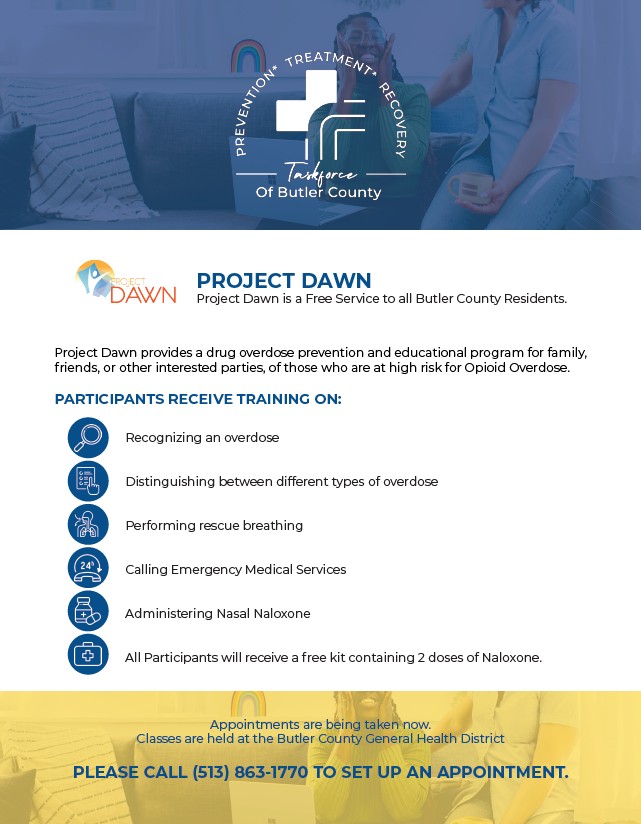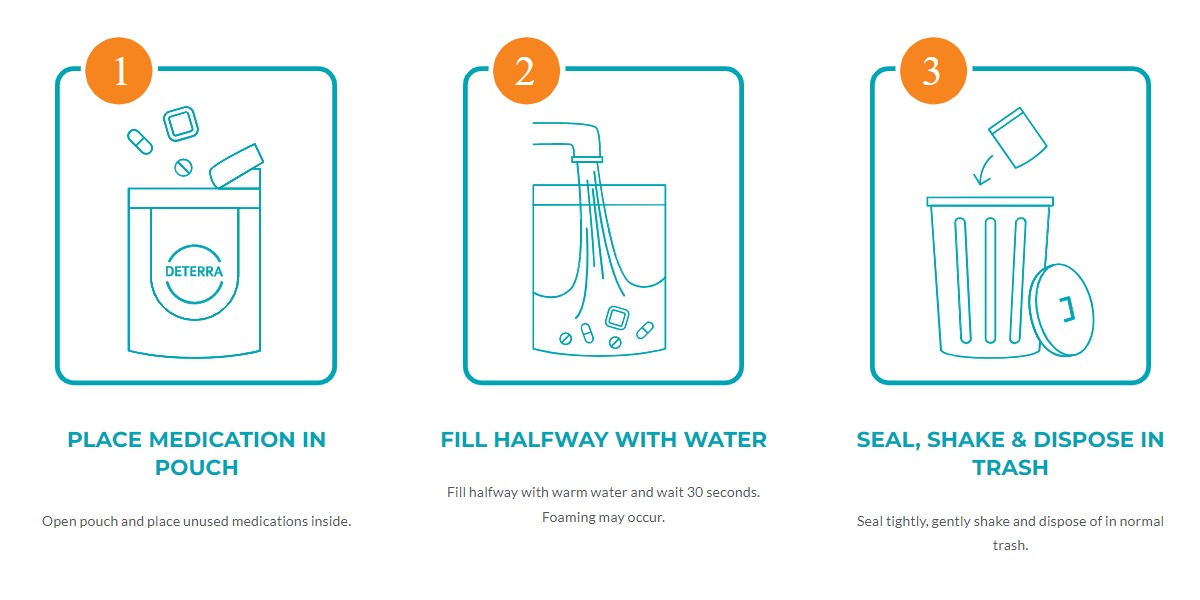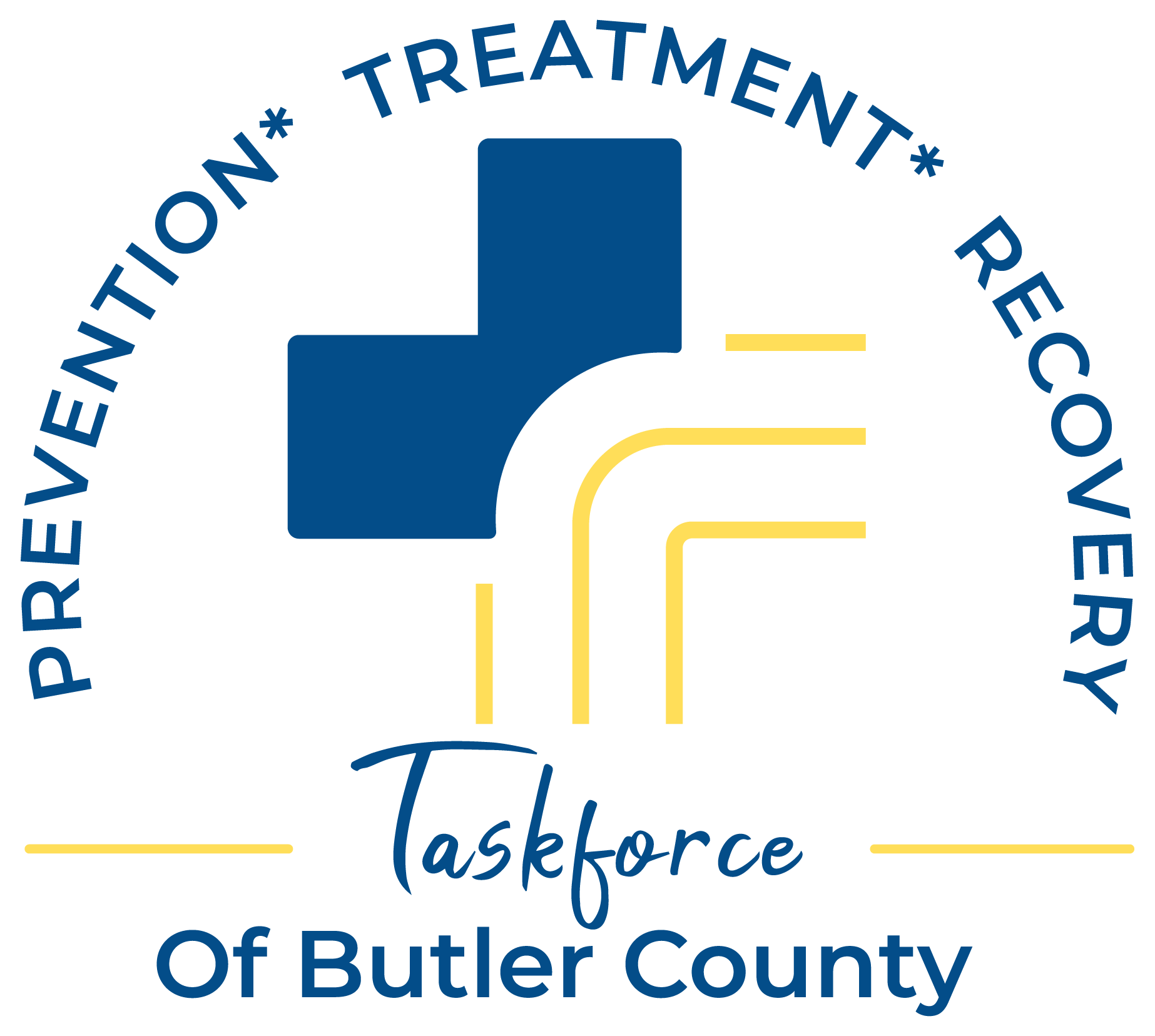Harm Reduction

What is harm reduction?
Harm reduction in everyday life includes:
- Seat belts
- Car Seats
- Bike helmets
- Nicotine gum or patch
- Designated drivers
- Vaccines
- Face masks and gloves
- Guardrails
- Safe drinking guidelines for young adult
However, harm reduction in this aspect includes a set of practical strategies and ideas aimed at reducing negative consequences associated with drug use.
Drug use is a complex, multi-faceted phenomenon that encompasses a continuum of behaviors from severe abuse to total abstinence, and acknowledges that some ways of using drugs are clearly safer than others. Harm reduction efforts work to minimize its harmful effects rather than simply ignore or condemn them.
Harm reduction is a non-judgmental, non-coercive provision of services and resources to people who use drugs and the communities in which they live in order to assist them in reducing harm to themselves.
Harm reduction does not attempt to minimize or ignore the real and tragic harm and danger associated with licit and illicit drug use.
Harm reduction activities in our region have two main purposes – to stop the spread of infectious diseases and to keep people alive so they can eventually benefit from behavioral health care.
Benefits of Harm Reduction Strategies to Individuals and Communities
Harm reduction saves lives and benefits our community at large. Harm reduction helps lower rates of HIV and Hepatitis C in the community, which improves overall health and reduces costs to our healthcare systems. Communities are also safer with harm reduction, with a decrease in improperly discarded syringes and no increase in criminal activity where these services are offered. Harm Reduction helps to provide stability to their drug use and can increase their chance of beginning treatment and recovery – which has a positive impact on their family, friends, employer and community overall. To this end, activities include:
Naloxone Distribution
Quick facts:
Naloxone (also known as Narcan®) is a medicine that can reverse an opioid overdose–like an overdose caused by fentanyl or heroin.
Naloxone is safe to use and only works if a person has opioids in their body.
If you give naloxone to someone who is overdosing, you are protected by the Good Samaritan Laws and cannot be arrested.
Project DAWN
Project Dawn (Deaths Avoided with Naloxone) provides a drug overdose prevention and educational program for family, friends, or other interested parties, of those who are at high risk for Opioid Overdose.

Project DAWN recently created a new naloxone training video. The video is peer led and represents a community-centered approach to identifying and responding to overdoses with naloxone. The goal of the video is to create greater accessibility to overdose prevention training for individuals who might not be able to attend in-person training can still have the educational tools to learn how to respond to overdoses and save lives.
Get Naloxone
Use the map below to find out where you can get naloxone.
Delivered to Your Home
Click the link below to start a short interactive training in English or Spanish. The training will take less than 5 minutes. You will learn how to recognize an overdose, respond to an overdose using naloxone, and ways you can stay safer if you are using drugs.
At the end of this short training, you can request free naloxone shipped to your house. You can also request a peer recovery specialist.
Please request this naloxone only if you are unable to go to a pharmacy and get naloxone through your insurance, as we have a limited supply. We are currently shipping naloxone to Butler County residents only.
Fentanyl Test Strips
A deadly opioid, fentanyl, may be added to drugs and it can cause you to overdose quickly. There are many different fentanyl-like drugs and they can also cause you to overdose quickly. It’s hard to tell the difference between them all by just taste, smell, color or feel.
Fentanyl test strips are easy to use tests to see if your drugs have some types of fentanyl in them. Use the strips as directed for the best results. When you get your result, you can make the decision about what to do next.
Using Fentanyl test strips is easy. Watch the video below to see how it’s done.
How To Use
- If you are injecting, first prepare your shot.
- Next, add ten drops of water to your cooker and stir well.
- If you are snorting your drugs, add ten drops of water into the empty baggie that your drugs came in and mix well.
- If you are using pills, you can crush one in an empty baggie and then dump out the powder. Then add ten drops of water into the baggie and mix well.
- Dip your fentanyl test strip into the water up to the wavy lines and wait fifteen seconds and then take it out.
How to read results
- Results usually take about one or two minutes to show up.
- If you see only one red line in the middle of the test, it means that your drugs have fentanyl in them.
- If you see two lines in the middle of the test, it means that the test strip is negative. The second line could be very faint, but that still means it is negative.
Deterra Is The Solution For Safe Medication Disposal
Deterra is on a mission to prevent drug abuse and protect our environment through safe, permanent disposal of unused prescription and over the counter medications. The Deterra Drug Deactivation and Disposal System is the only product that is independently tested and scientifically proven to destroy drugs for good. Our patented, easy-to-use drug disposal system can be used at home or in a clinical setting to safely destroy unused or expired medications, making them unavailable for misuse and safe for disposal in the normal trash. The Butler County Mental Health & Recovery Addiction Services Board is a dedicated partner and has disposal bags upon request.

We are open for drop-in naloxone distribution, fentanyl test strips, deterra medication disposal bags, condoms, and other basic needs. You can contact us at 513.863.1770 or visit using the address below.
Butler County General Health District
301 S. 3rd Street,
Hamilton, OH 45011
Hours: Monday through Friday, 8am to 4pm
Expanding Locations
Expanding bloodborne pathogen prevention programs to more locations throughout the county to remove used needles from public places and reduce the transmission of infectious diseases.
Bloodborne Pathogen Prevention Programs (also known as Syringe Service Program) can be found at the locations below.
Get Educated
Addiction is a complex disease, similar to heart disease, cancer, and other chronic illnesses.
Unfortunately, many people believe the myth that addiction is purely a choice. The truth is that addiction is caused by many factors that are often outside a person’s control, such as genetics and family history, living with mental illness, and having a history of trauma and abuse.
Educate Yourself
Understand your own internal biases and beliefs with Harvard’s “Project Implicit” for health.
Know your trusted resources for information about substance use such as the National Alliance on Mental Illness (NAMI), Centers for Disease Control and Prevention (CDC), NAtional Institute for Mental Health, Substance Abuse and Mental Health Services Administration (SAMHSA).
Educating Others
Conduct a language audit of your organizations materials (e.g., written materials, meeting agendas, external communications) for stigmatizing language or bias emails, meeting materials, communications.
Dedicate time during upcoming staff or board meetings to discuss language changes based on the audit.
Create awareness & change
Change your language to reduce stigma. Our words matter.
Changing our language about substance use disorders (“addiction”) is an attempt to move away from stigmatization and blame. Instead, move towards inclusivity and respect in hopes to change the general attitude and opinions surrounding substance use disorders.
Increase awareness and education among those around you – colleagues, friends, and family
Talk with individuals with lived experience with substance use disorder to understand their stories
Change your language and notice the impact it has on others.
Create awareness & change
To learn more about Butler County’s naloxone distribution initiative, syringe exchange program, information about support, education or access to health care for intravenous drug users, please visit Butler County General Health District’s website.
Get Involved
Supporting The Individual And The Community.
Drug addiction is a threat to the health and safety of our entire community. Injection Drug Users (IDU) are at-risk of overdose and contracting other chronic illnesses such as Hepatitis C and HIV. The general community and first responders are at risk from infections resulting in handling discarded needles, addicted individuals driving under the influence and supporting the cost of medical care associated with the complications of addiction.
